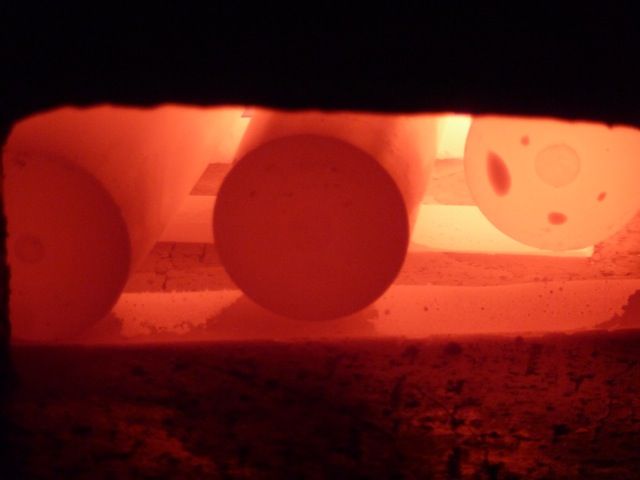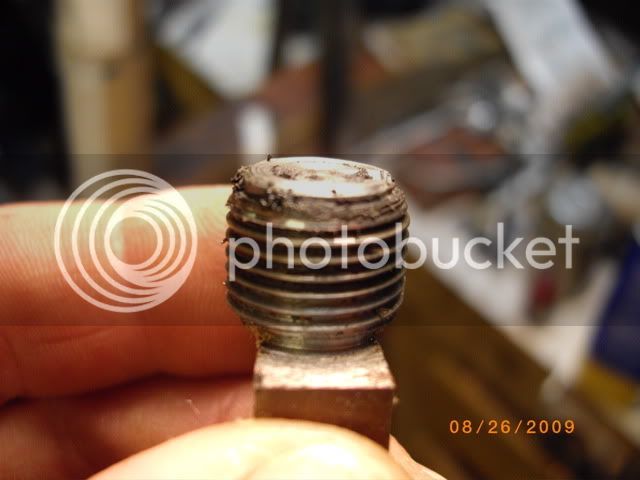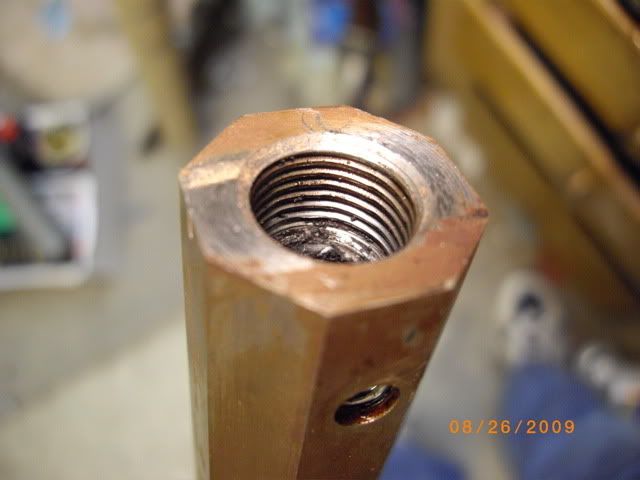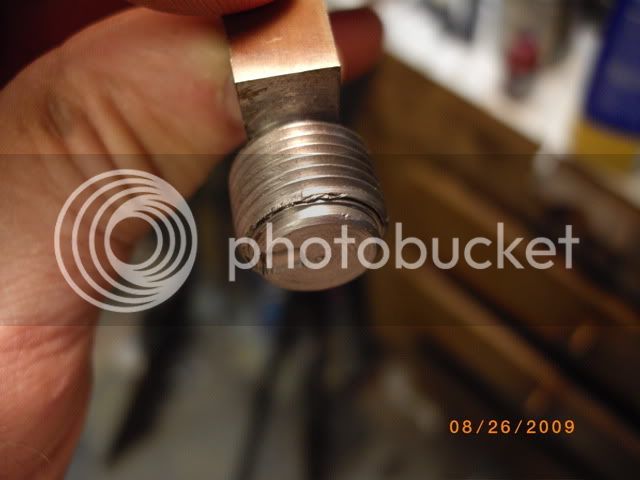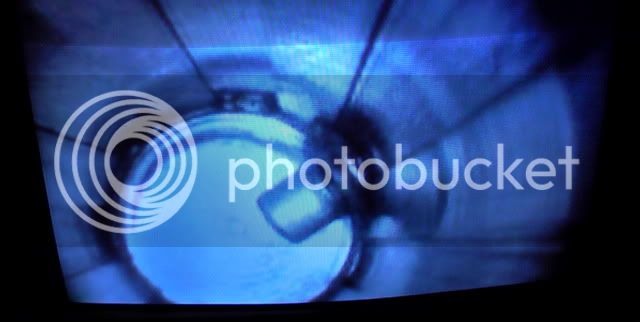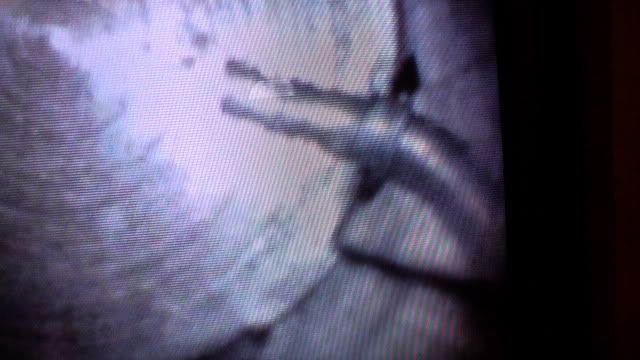Rifleman1776 said:
preface: everything in the Dixie is
notthe gospel according to Turner. Wasn't and still isn't. But there has been much of interest he did put in it.
I recall the Dixie folks once filled a length of barrel with bp and plugged both ends. It was ignited with a fuse. All the pressure was contained except for what came out the tiny touch hole. The barrel remained intact. I wonder what kind of barrel that was.

An El Cheapo import, Douglas, GBQS? What? I would like to see that experiment repeated. And, also a deliberatly short started test with various barrels.
The problem with proof testing at BP pressure levels is that ALL the steels will stand more pressure than BP will generate behind a projectile. (Even in closed bomb tests BP will not generate more than 100000 psi). UNLESS they are too brittle and/or riddled with lead/phosphorus/sulfur inclusions and they get tired of the pressure cycles or they have flaws because steel of the quality level has no quality control.
A barrel made of the cheap steel is not uniform so the lubricating metals may clump together in places. Cold rolled steels are intentionally made brittle so they will cut faster. Anyone who doubts this should go to the local steel supplier buy a piece of cold rolled, put it in the lathe and turn on it a little. Now put it in the forge and heat it to orange and allow to cool in the fire. Now put it back in the lathe and look at the difference in the chips. In most cases the stuff is gummy and does not make a chip but a lump. Yeah I have done this when making parts when the cold rolled was TOO brittle and could not be threaded.
This was for breech plugs where cold rolled works fine since it is not subject to internal pressure.
I have no idea what this alloy is, I quenched a piece of it to make sure it was not high carbon, but assume it was 1018 given where I got it.
Stress relieving leaded steels is not a good idea for barrel making according to Kelly since the lead may migrate. So while this may eliminate the brittleness it may cause other problems since the steel is low quality or the steel may have flaws that make it unsuitable regardless.
Lets revisit the tensile strength thing again. A brittle steel is considerably weakened when subjected to shock. Powder igniting is a shock loading and a pressure loading. Since leaded screw stock and its bretheren have poor "hoop strength" they do not tolerate internal pressure well so its not a good for "pressure vessels". This is why the steel company will tell people not to use it for gun barrels.
While the 1140M used in all those Remington shotgun barrels, until they got sued anyway, was plenty strong for the application, good quality etc etc. But it WORK HARDENS and becomes BRITTLE when flexed and shotgun barrels, having thin walls FLEX every shot. Eventually when they reached the point where they were hard enough to not flex the barrels BROKE.
The cold rolled screw stock barrel are made from a steel that is INTENTIONALLY brittle. They workharden it at the steel mill.
Kelly in one of is articles stated that the "weaker" 1137 makes a stronger barrel, the "stronger" 12L14 produces better tensile test numbers and a weaker barrel. So weak that it can fail at pressure levels far under
People will say that its better than an iron barrel. In the pressure levels we operate in its not its actually less safe than an properly welded best iron barrel.
Part of the problem is that mls even with low quality steel barrels seldom fail. If they do then just like here they automatically assume its a short started ball. How does the barrel split at the BREECH if its a short stared ball? Or blow at the breech and CUT THE LOCKPLATE IN TWO with NO deformation but fragments like a grenade? Yeah its happened at least thats what the photos showed.
I further maintain that a short started ball will not burst a barrel made of MODERN BARREL steels, 1137 which is not as good as 4150. They will simply buldge. Ductile steels will only ring the chamber when shot in a cartridge with a wad down on the smokeless powder. It was found however than 12L14 would often burst and fragment. There is a letter from the ASSRA from the same time frame as Kelly's letter stating that 12L14 is a no-no. This after several "incidents" using low pressure smokeless.
As a reference I examined a Shiloh Sharps 45-70 shot several thousand rounds with a Unique load listed in Lyman's book at the time. This chamber had numerous rings from the chamber mouth to the base of the cartridge case with a larger one that was at the base of the bullet. These had developed over the several thousand rounds the owner had fired, he ran an indoor range and this was his indoor load. The smaller rings looked like reamer marks unless looked at at 10-20x magnification then it was obvious it was a pressure rifle. This load produced about 30000 psi. Far more than a RB rifle will generate with BP and given the propellant all in the chamber most likely. The plant owner of the time called Ruger and was told they had Ruger #1s in 45-70 come in with over 100 rings in the chamber from this load. Ruger uses 4150 or similar.
Yet we are supposed to believe that a spaced ball will burst a barrel. It may very well if the steel is wrong. If one does some research I think they will find that the weld IRON barrels in Springfield Rifle Muskets were proved with 200 gr of Musket Powder and a Minie spaced 2" off the powder. This was the proof load. They had to pass this of the barrel maker who created the flawed barrel had to pay for it.
I submit that its impossible to burst a modern barrel steel ML barrel with a BP load no matter where the projectile is located. It will only bulge.
I know of a light weight GM 50 caliber swamp (1137 GB quality) that was shot powder, ball, powder, ball and suffered no damage.
In 45-70 white laboratories tested an 1137 barrel to 50000 psi without issue. This is well over the "hot" SAAMI standard for this cartridge of 28000.
The final problem is that the idea that they are shooting "pipe bombs" as a ML barrel maker who DOES NOT use 12L14 calls them.
Here is a series of photos of the breeching of a well known ML barrel maker who in 1993 got irate when I asked if he would cut me 2 barrels from 1 1/4" 1137 GB which I would furnish. I could only assume he lacked the knowledge to cut a barrel from anything but 12L14.
It was not cleaned properly but given the fouling trap the "breeching" had created it would have been impossible to clean it completely anyway. Most people never pull breeches on breeched barrels, they should this sort of thing is far too common. This from other makers I know who DO pull breeches. Why am I posting this? To illustrate that some of the barrel makers out there just do not give a darn. Nor will they admit any error since this is a legal matter if things go bad. With BP corrosion is not a great fear but if chlorate powder was used this is a serious safety concern.
As removed from the barrel.
After cleanup.
This is how it looks when installed. Its possible to see into the threads by looking down the grooves past the rebate on the plug.
The breech should be sealed like this one is.
I do not make or sell barrels. But I have worked where barrels were made and I know several barrel makers and I used to inspect barrels for flaws, specified chamber dimensions for a gun maker etc etc. I started making MLs before any of the current barrel makers were making barrels.
I did not just fall off a turnip truck.
Discussing poor quality barrel steels makes people uncomfortable. It makes me uncomfortable. I have a rifle I like a lot with a Douglas barrel I don't shoot anymore even though its highly accurate and I can shoot it very well too. Everytime I try to talk myself into taking it out to shoot it seems one of these discussions comes up and I decide not to. I am not a lizard that can regrow body parts.
Anyway, next time a barrel fails, don't automatically assume its faulty loading. In the typical American made ML barrel (the Italians use modern gun barrel steel in barrels) I think the major factory mades do here (they talk to lawyers). But the "custom" trade is stuck, through ignorance or sloth, with 12L14 for the most part, there are other options but people either don't know or believe it does not matter. I have seen posts by people who did not use alloy steels because they are harder to file.

Dan


 An El Cheapo import, Douglas, GBQS? What? I would like to see that experiment repeated. And, also a deliberatly short started test with various barrels.
An El Cheapo import, Douglas, GBQS? What? I would like to see that experiment repeated. And, also a deliberatly short started test with various barrels.An El Cheapo import, Douglas, GBQS? What? I would like to see that experiment repeated. And, also a deliberatly short started test with various barrels.
